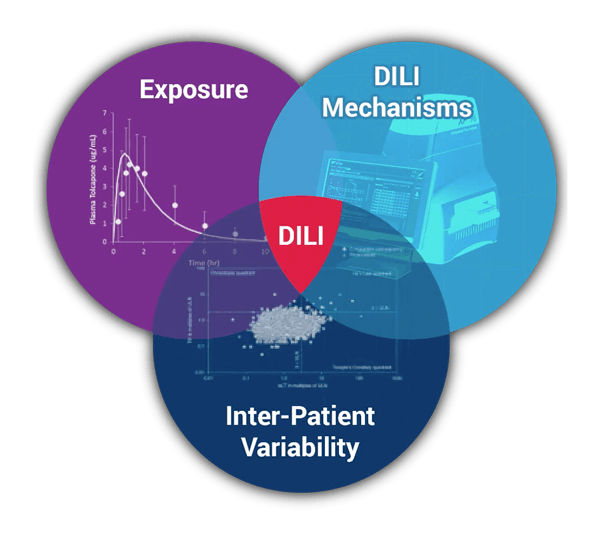MITOsym® is computer software, namely, computer software for modeling cellular response to a drug or chemical for use in the fields of pharmaceutical, medical, or preclinical research…

MITOsym is focused on representing the in vitro experimental assessment of mitochondrial function.
Frequently, compound induced mitochondrial dysfunction is assessed by culturing rat or human hepatocytes with varying concentrations of an experimental compound and subsequently assessing cellular function using the Seahorse Bioscience XF Analyzer machines. The resultant data often include how a compound affects the baseline oxygen consumption rate (OCR), the OCR bioenergetic profile, i.e., the “stress test”, the extracellular acidification rate (ECAR), and the respiratory reserve.
Evaluation of Seahorse data allow the researcher to characterize the mechanism (e.g., inhibition of the electron transport chain) by which a compound induces mitochondrial dysfunction. MITOsym allows the researcher to replicate the experimental conditions and simulate observed mitochondrial dysfunction using the identified mechanism. Parameter optimization to align simulation results with the experimental data identifies the parameter value(s) for the mechanism. MITOsym parameter values, reflecting the in vitro setting, can then be translated to the corresponding DILIsym parameter values, reflecting the in vivo setting.
MITOsym version 1A featured simulations of mitochondria function and hepatocellular bioenergetics in cultured HepG2 cells, cellular oxygen consumption rate (OCR), cellular extracellular acidification rate (ECAR), ATP levels, and changes in mitochondria proton gradient (ΔΨm). MITOsym version 2A expanded upon 1A by adding parameterization for primary rat and human hepatocytes. MITOsym v2B included the ability to simulate inhibition of glycolysis, as well as reductions in ECAR in presence of compounds. MITOsym v3A, released in July 2016, includes an electron transport chain (ETC) parameter option that allows for dual effects of an ETC inhibitor (e.g., saturable inhibition at low concentrations, with more marked effects at higher concentrations). This parameter option is mirrored in DILIsym v7A. MITOsym v3B was released in January of 2018 with minor updates.
MITOsym® is computer software, namely, computer software for modeling cellular response to a drug or chemical for use in the fields of pharmaceutical, medical, or preclinical research; computer software for conducting simulations of cellular bioenergetics in response to a drug or chemical for use in the fields of pharmaceutical, medical, or preclinical research; computer software for predicting cellular bioenergetics response to a drug or chemical for use in the fields of pharmaceutical, medical, or preclinical research.
To request a license for or evaluation of MITOsym®











